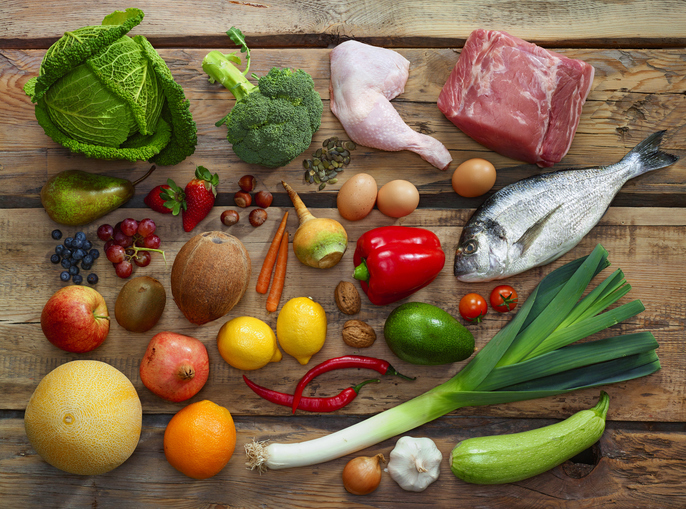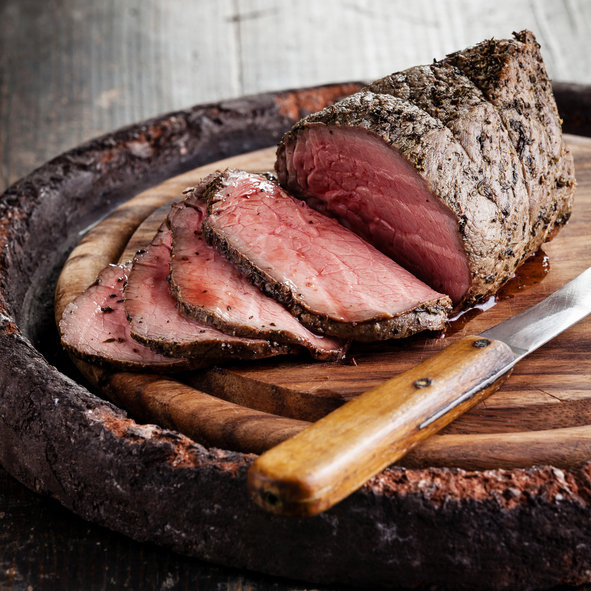Mindd Diet Protocols
Processed foods, pesticides, medications, and toxins damage the gut microbiome which in turn drives a range of digestive, autoimmune and neurological illness. Various “Healing diets” work to heal the gut and calm the immune system and vary depending on the gut, genetics and environment.
The growing “special diet” section online and in your local bookshop is reassurance that you are a part of a large and growing group of people whose digestive tracts are demanding that we reconsider our modern diet, medications, environmental toxins and stress levels. By offering a comprehensive overview of some important healing diets and a great selection of cookbooks, we endeavour to give families an idea of how fun and easy “special diets” can be.
There are many dietary protocols and principles that help children with ADHD, asthma, allergies and autism also help individuals suffering from Coeliac, Colitis, Crohn’s, Irritable Bowel Syndrome, anxiety and depression.
Individuals dealing with metabolic and digestive disorders require special diets to avoid foods that trigger allergies or harm the digestive tract. There are a number of “elimination” diets that can help in this way. While elimination is sometimes necessary, in many instances certain foods can be reintroduced once the gastrointestinal tract has had time to heal.
In general, we recommend an organic, fresh, whole food diet with no/minimal refined flours and sugars and no processed foods, artificial additives, colourings or preservatives. And plenty of filtered water containing minerals is essential.
Here we explore the SCD Diet. The basic SCD principle is the restoration of gastrointestinal health through diet, based on a protocol by Dr. Sidney Haas…
The Specific Carbohydrate Diet (SCD)
The origins of the SCD can be dated back to medical documents as early as 1888 which recommend patients with celiac disease to avoid carbohydrates, specifically grains.
The Story Behind the SCD
The modern SCD is based on a protocol by Dr. Sidney Haas, a medical doctor in the United States who treated over 600 patients with celiac disease and inflammatory bowel disorders.
Dr Haas helped one of his patients who was suffering from Ulcerative Colitis achieve remission through specific dietary changes. This patient’s mother, Elaine Gottschall was so grateful for her daughter’s improvements that she dedicated her life to researching the link between food and gut health, and came up with the concept of the Specific Carbohydrate Diet.
Who Can Benefit from the SCD?
People suffering from the following conditions have noted a marked improvement of symptoms, some noticing a change within a matter of days. However strictly following the diet for the long term is required to maintain positive results.
The SCD may help those who are suffering from:
- Crohn’s Disease
- Ulcerative Colitis
- Coeliac Disease
- Diverticulitis
- Cystic Fibrosis
- Chronic diarrhea and food intolerances
- Autism
- ADHD
A Quick Lesson on Carbohydrates
Carbohydrates are essentially sugar, they are classified by their molecular structure. There are different types of carbohydrates and they are categorized as either:
- Monosaccharides: Simple sugars, consisting of one sugar molecule (e.g.: Glucose, fructose, galactose)
- Disaccharides: Two sugar molecules linked together (e.g.: Maltose, sucrose, lactose)
- Polysaccharides: Many sugar molecules linked together (e.g.: glycogen, starch, cellulose)
The Theory Behind the SCD
The SCD only allows monosaccharides to be eaten, as other carbohydrates such as disaccharides and polysaccharides require more effort to digest.
People with digestive diseases will have inflamed bowels and bacterial overgrowth in their gut. The principles of the SCD is based on the fact that we are unable to digest complex carbohydrates and other sugars optimally. Undigested sugars that remain in the digestive tract will feed the harmful bacteria in our gut and further worsen the effects of dysbiosis (bacterial overgrowth). Dysbiosis will lead to fermentation, putrefaction, toxin formation, and irritation of the intestines.
Intestinal damage may cause leaky gut syndrome, and toxins will penetrate through the gut wall, into the bloodstream, causing local and systemic inflammation.
The SCD aims to heal intestinal dysbiosis by eradicating the sugars that feed the harmful bacteria, essentially starving them out. A strong focus of this diet is on rebalancing gut flora, and encouraging intestinal healing.
Protecting and Boosting Gut Bacteria
Inside our digestive tract are billions of live bacteria, which are very important for our overall health and wellbeing (both physical and mental).
Bacteria in our gut are responsible for various functions including the digestion and assimilation of nutrients. Without this occurring properly, nutritional deficiencies can arise.
Gut flora also aids in the formation of some very important nutrients, such as Vitamin K, which plays a crucial role in blood clotting.
Digestive micro-flora helps to ward off harmful pathogens and toxins from entering the bloodstream through the gut wall.
Acting like a protective barrier and lining for the gastrointestinal tract, the micro-flora also encourage the appropriate manufacturing of various cells which contribute to our overall immune function.
The SCD for Improved Gut Health
The diet commences with various foods which are very easy to digest, along with the elimination of some carbohydrates, and processed foods. Digestive gut flora is restored, inflammation settles, and healing begins to take place.
How to Implement the SCD
The SCD begins with an introductory diet, which commences the healing process. This is followed by the maintenance diet which involves the reintroduction of more complex foods, very slowly.
The Introductory SCD Diet
The introductory diet may be followed for anywhere between 1-5 days. If at the beginning, digestive symptoms such as pain and stool changes (e.g. diarrhea) are severe, the introductory diet should be followed for longer (5 days).
Whilst on the introductory diet, the foods to eat are limited, however, you can eat as much food as you need as long as it is allowable.
The following foods are allowable
on the introductory SCD diet:
| Meat and eggs | Vegetables (well cooked and peeled if necessary) | . Others |
| Chicken broth
Chicken meatballs (made from ground chicken mince and boiled) Roast chicken Roast turkey Roast lean pork Beef broth Grilled beef patties Beef meatballs Grilled fish Eggs (scrambled, poached, hard boiled, soft boiled, sunny side up) | Carrot
Onion Celery Parsley All vegetables except for carrots are only to be used to add flavor to broth/stock bases. | Apple cider vinegar
Real grape juice Gelatin and homemade jello/jelly made from gelatin and grape juice |
Introductory Diet Meal Recommendations
| Breakfast | Lunch | Dinner |
| Eggs
Dry curd cottage cheese Homemade yoghurt Pressed apple or grape juice Homemade gelatin with honey and fruit juice | Homemade chicken soup/broth
Carrot puree Grilled beef patty Grilled fish SCD homemade Cheesecake | Variations of breakfast and lunch |
Beyond the Introductory Diet
After completing a maximum of 5 days on the introductory diet, it is time to move on to the full version of the SCD. A lot more foods are allowed, however the only carbohydrates that can be eaten are those from fruit, honey, and homemade yoghurt.
Homemade, and properly prepared foods are recommended, avoid everything artificial and pre-packaged which may contain preservatives.
A guide to slowly reintroducing more foods into the diet:
- Soft and easy to digest foods are best
- Gradually introduce new foods, eating it every other day.
- Some foods are not recommended to be introduced until three months, including Lentils, beans, seeds, cashews, peanut butter, and dried fruit.
- Raw fruit and vegetables should also be introduced several months later.
- Initial ‘die-off’ reactions can occur when starving off bad bacteria: digestive symptoms (constipation, diarrhea, cramping, pain), headaches, body aches, irritability.
*It is important to undergo this diet with the guidance of a qualified practitioner.
Below are some meal options for the full SCD:
| Breakfast | Lunch | Dinner |
| Eggs
Bacon Avocado SCD Bread Homemade yoghurt SCD Cheesecake Baked apples SCD Banana pancakes | Chicken/beef/ fish/pork/lambVegetables (broccoli, cauliflower, green beans)Kiwi/apple/grapes | Chicken/beef/ fish/pork/lambCurd cottage cheeseSCD breadVegetables (asparagus, beetroot, Brussels Sprouts)Cherries, dates, figs |
The Difference Between SCD and GAPS Diets
The SCD and GAPS diets are very similar. The GAPS diet is a variation of the SCD. Below are the main differences between the two diets:
| SCD | GAPS |
| Short introductory diet lasting a maximum of 5 daysPlenty of allowable foodsIf there is a reaction to a food, it is permanently eliminated from the dietFocus is on symptom managementLong term diet solution | Long and extensive introductory diet which can last months
Restrictive foods list Focus is on fat content, gut flora and detoxification so that eventually all foods can be digested. Focus is on healing digestive system, not solely symptom management. Not as long term as SCD, a 2-3 year healing protocol. |
References:
Dowd B, Walker-Smith J, 1974, ‘Samuel Gee, Areatus, and the celiac affection’, British Medical Journal, Apr 6; 2(5909): 45–47.
www.breakingtheviciouscycle.info
Diet Profile Research and Writing: Kimberly Kushner BHSc (Nutritional Medicine), BHSc (Naturopathy) for MINDD
Specific Carbohydrate Diet
The basic SCD principle is the restoration of gastrointestinal health through diet. We all know that individuals with Coeliac need to avoid gluten in their diet. What is less well-known is that the damaged digestive tract of many Coeliacs is sensitive to a range of carbohydrates. In fact, in the 1930s Drs. Sidney and Merrill Haas of New York defined Coeliac as a sensitivity to a range of disaccharides and polysaccharides, not just gluten. Elaine Gotscall later termed this The Specific Carbohydrate Diet (SCD) which is effective for managing Coeliac, Crohn’s Disease, Colitis, Irritable Bowel Syndrome and associated anxiety, depression and mood disorders.
The Haas’ also identified an imbalance in microbes in the digestive tract as being a part of Coeliac. Current research is revisiting this theory by looking into the idea that certain overgrowth in bacteria actually drives the expression of the Coeliac gene.
For more on the controversial history of Coeliac’s Disease and for SCD recipes, you can purchase Breaking The Vicious Cycle
Other books with SCD recipes include Healing Foods and Grainfree Gourmet.
For the biomedical perspective on Coeliac, Crohn’s, IBS and Colitis click here



